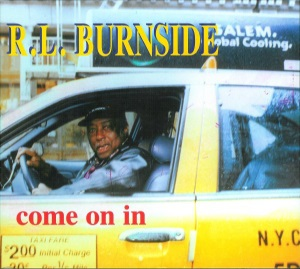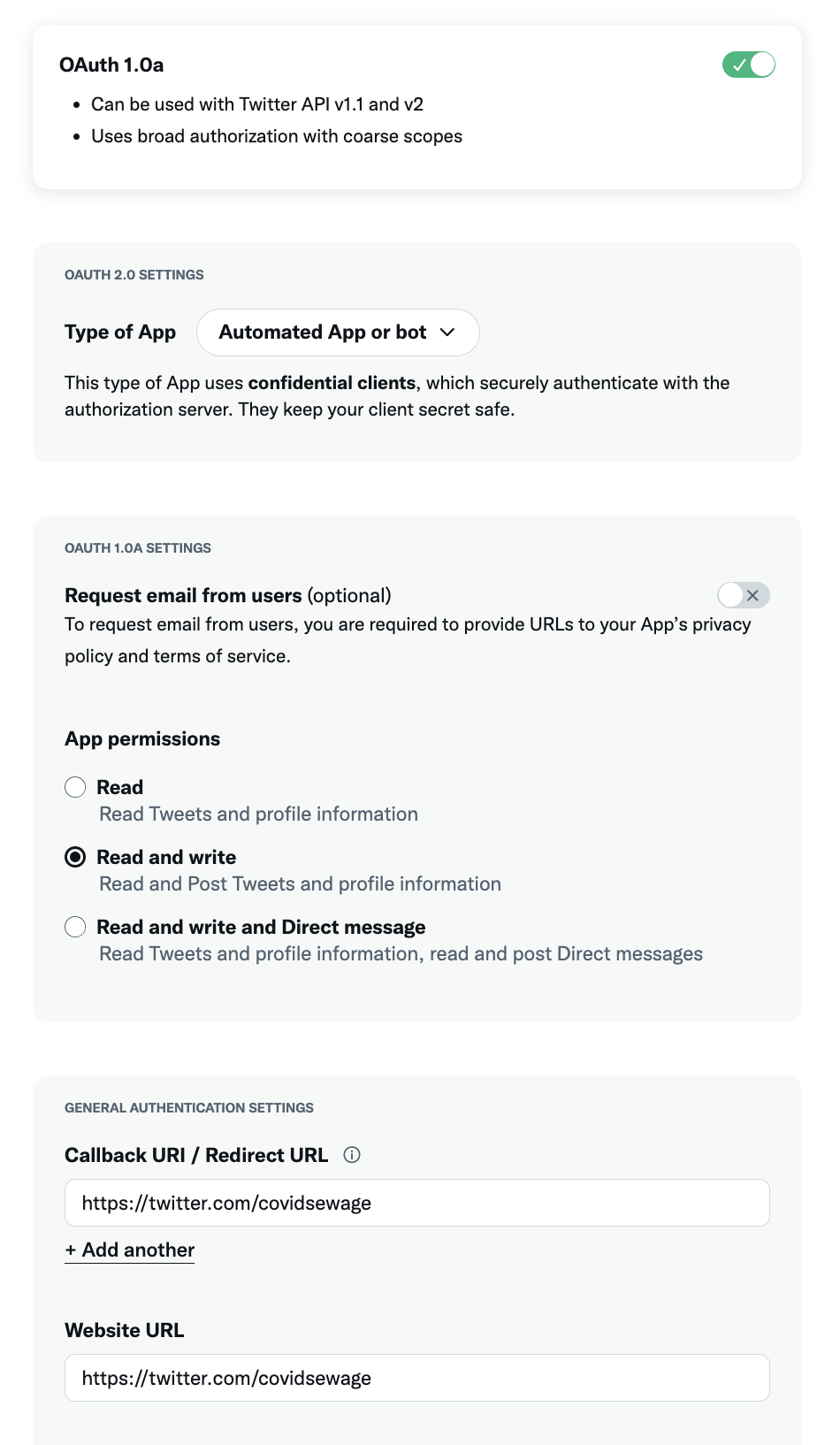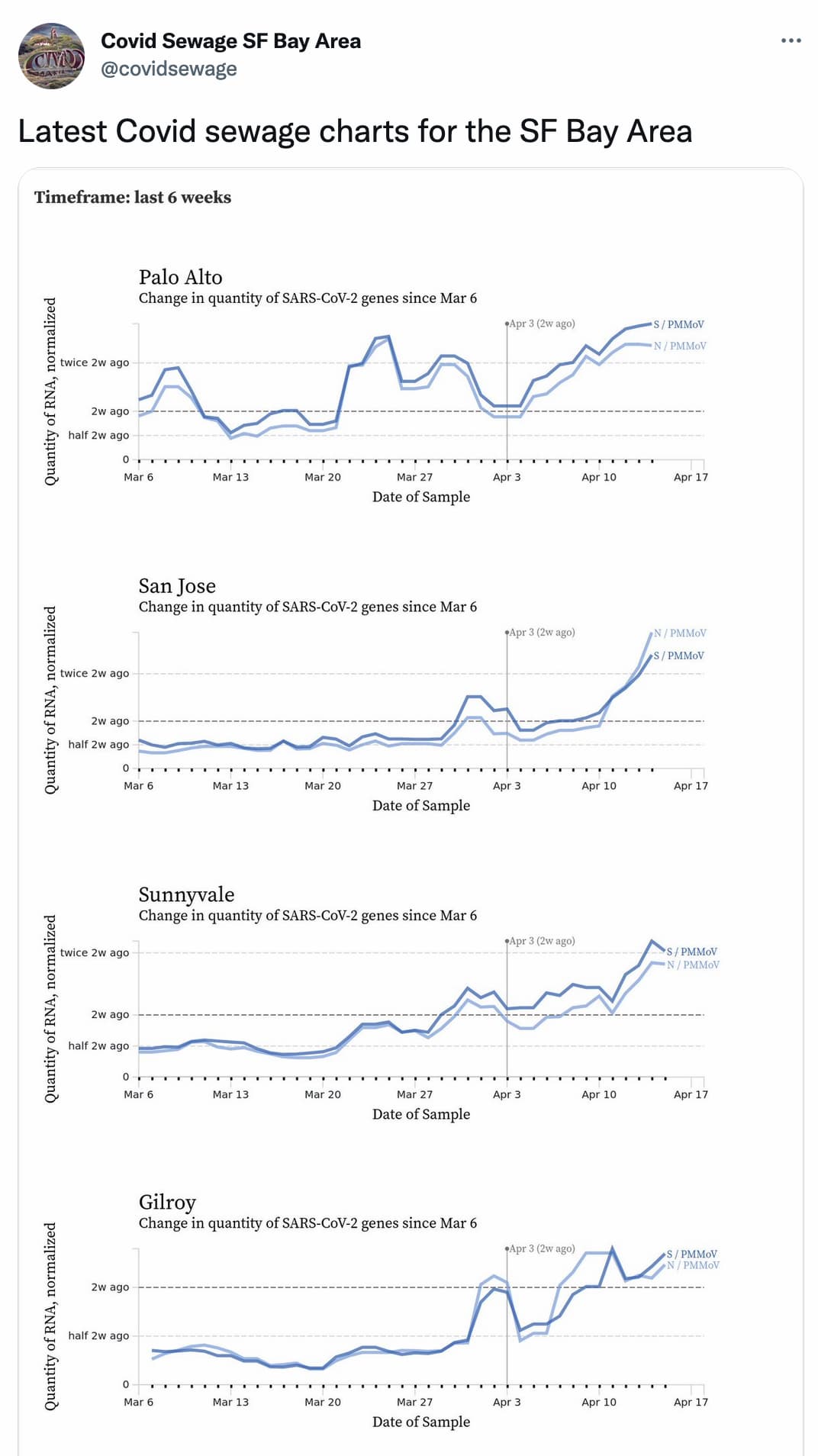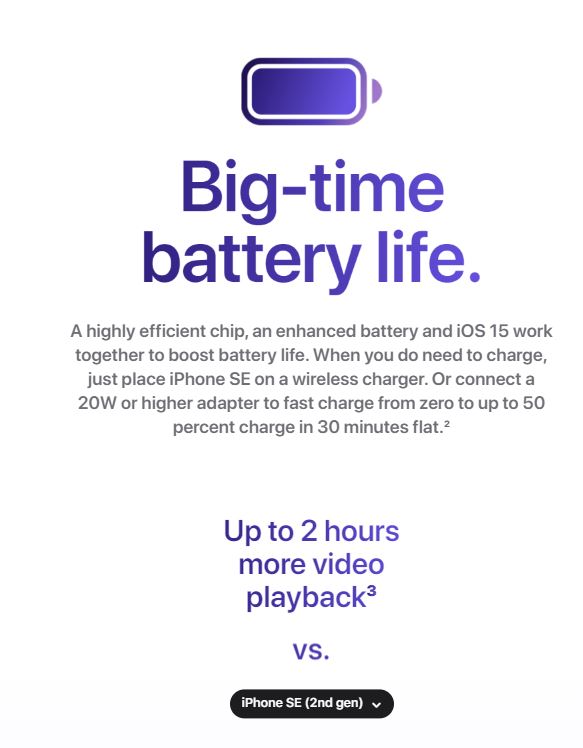Loose Change, which Vanity Fair once called “our first internet blockbuster,” came out just a few years after 9/11. Directed by 22-year old Dylan Avery, “researched” by Jason Bermas, and produced by veteran Korey Rowe, the film questioned the official narrative of the attack on the Twin Towers. Though initially distributed via DVD and over BitTorrent, it took on a new life as viewers began uploading it to streaming sites. Soon enough, the film had climbed its way onto Google Video’s top 10, garnering millions of views and an audience that included Charlie Sheen, David Lynch, and Alec Baldwin, who called it the “Gone With the Wind of the [9/11 conspiracy] movement.”
The movie begins with an ominous breakbeat played over footage of the 9/11 attack. As we watch the first plane crash into the tower, a voiceover tells us, “at face value it might not look like much. However, upon closer inspection…” Then, a DJ scratch as the image rewinds. The footage replays again and again, zooming in closer each time, until the image becomes an incoherent blur. From here, “if we look closely,” the narrator says, we’ll be able to see a discrepancy between the shadow of the plane and the flash that follows — proof that the explosion was independent of the crash.
Loose Change wasn’t made for YouTube, but it would establish a blueprint for much of the work that has flourished on the platform since
Next up, a four-panel view shows the second crash at different angles. The film moves through each one frame by frame, conducting a similar “analysis” as the images dissipate into a mostly indecipherable cloud of pixels. Rather than acknowledge the ambiguity of these images, Loose Change exploits it, by imposing a narrative of what we should be seeing. As soon as each image is enlarged to the point of illegibility, the narrator returns, piecing together a story that gives form to the mess: a promise that if we really look closely we could make out the truth. The film constantly reassures the viewer that it’s merely supplying the raw material for them to come to their own conclusions, even while offering a narrowly prescribed view of what the right conclusion would be.
When Loose Change first appeared online it was met with a mix of awe and concern. It proved that “a video produced on a laptop,” as one NPR piece described it, could become one of the most popular films in any given year. It showed that digital media had the potential to not only rival, but beat out more established forms of media, and precisely by virtue of its “authenticity“: low budget, makeshift production values. It also showed how easily our sense of truth could be unmoored and manipulated through a style that leaned into the experience of using digital media — the feeling that one is a participant in the narrative, rather than a passive observer. Loose Change encourages “critical freethinking,” urging the viewer to “look closer” into the indeterminate image, to think for themselves, while in the same breath supplying the viewer with a pre-baked hermeneutic strategy that interprets the image for them.
Loose Change wasn’t made for YouTube, but it would establish a blueprint for much of the work that has flourished on the platform since. Longform “investigations” like the blockbuster Plandemic paint the Covid-19 vaccine as dangerous, while videos about K-pop idols frequently employ the same kind of image and content analysis, connecting innocuous details (e.g., matching phone cases) to prove that stars are dating, while encouraging fans to look for further clues. Other videos analyze viral content, like the recent “couch guy” clip, for “hidden” truths, nudging toward a narrative consensus: in this case, a girl surprising her long-distance boyfriend contains “clear red flags” that indicate that he’s cheating.
According to Google, the top reasons for visiting YouTube are generally educational: learning something new, satisfying curiosity. Losing yourself on the platform, it’s easy to feel like you’re undergoing a process of discovery and self-betterment. The ability to comment, repost, and otherwise engage adds to a sense of agency and collaboration, as though you are teaming up with other users to uncover the truth. Rather than passively consuming content, the YouTube viewer is a user, an active participant in the text’s construction. This feeling is highly exploitable.
Sometime in the late 1950s, English writer Brion Gysin was at the “Beat Hotel,” a small, 42-room building in the Latin Quarter of Paris that served as a residence for several members of the Beat poetry movement. In his room, he sat cutting up newspapers, rearranging the sections at random. As he did so, new phrases, ideas, thoughts seemed to emerge. Gysin introduced this method to his friend, William Burroughs, who was also staying at the hotel. Burroughs would later write that this “cut-up” method could free the writer from the mental constraints of language and collapse the distinction between reader and author.
Around that time, the mechanical engineer Charles Bachman was working at General Electric, wrestling with the ever-expanding information systems enabled by computers, which were increasingly integrated in networks. At GE, he would come to pioneer a new way of navigating these databases, shifting the center of focus away from the individual computer towards the database as a whole, and refining the tools that would eventually make these databases accessible to ordinary users. These figures lived and worked in two seemingly separate domains, yet each was responding to a nascent network culture, characterized by increased attention to clusters over individual nodes. Now, we regularly traverse databases to discover and engage with texts (books, films, music) that are themselves databases, that point us to other nodes in the network, and so on: an exploded world of interconnected systems, hypertexts, fractal-like media.
YouTube — at once a medium, platform, screen, editing panel, public forum — epitomizes this culture’s mode of consumption. With over one billion hours of watch-time a day, it continues to beat out rival platforms, including TikTok, globally. YouTube is also a database, and it’s this quality — with its potential to collapse the acts of reading and authoring — that creates the sense of autonomy so essential to consuming its content. Every route taken through a database represents a new narrative possibility, so every act of viewership implies creation: an algorithm may direct the user from one video to the next, but the user determines the relationship between them.
YouTube is also the product of successive waves of visual media that have shifted the weight of meaning-making from the creator to the viewer. In the movie theater, there’s a clear distinction between the author who composes the visual experience, and the viewer, who sits in a theater and encounters the movie on terms that the director has laid out. The viewer rolls along a set track that takes them from the beginning of the story to the end. With the development of home video systems, the horizontal logic of viewership gained depth: suddenly, we could pause, rewind, fast forward, skip to other sections. “When broken down in this way,” wrote Laura Mulvey, “a movie’s apparently horizontal structure mutates.” Details cast aside by the linear flow of the film gained significance, disrupting the “chain of meaning invested in cause and effect” in favor of a model that privileges standalone moments, subtle details, patterns dispersed throughout the film.
Rather than passively consuming content, the YouTube viewer is an active participant in the text’s construction. This feeling is highly exploitable
Digital software like Quicktime imitated the functions of the VCR, letting viewers pause, rewind, and skip around. It equipped users with editor and zoom functions, giving them the ability to further manipulate the image, an autonomy that many of us have come to expect. Converting cinema to bits of information also allows it to coexist with other media at the user’s will — placed side by side in the same folder, on the same webpage. On YouTube, still images, text, and video coexist and interrelate, and each component has the potential to alter a user’s engagement. The act of viewing is almost inseparable from the act of curating, of making decisions about how we’re viewing. To watch YouTube is to constantly be in the process of deciding where to go, what to watch, what to read and what to ignore.
On YouTube, meaning arises not simply from linear cause-and-effect, or the deep plunge into an image, but all the relations that a piece of media has within a massive field. The platform’s content is constantly recontextualized by the circumstances in which it is encountered: the videos previously watched, the recommendation feed, the comments, playlists, and images that surround the playback. The narrative is led not by causal “chain of action and reaction,” as film theorist Thomas Elsaesser puts it, but “keywords or tags, tag clouds or semantic clusters, embedded links, user’s comments and of course, one’s own ‘free’ associations.” Here, “narrational authority… seems to pass from ‘narrator’ to ‘narratee,’ from storyteller to user.” But “seems to” is key: more often than not, we still consume media in a fairly traditional, uni-directional format.
As new media theorist Lev Manovich writes, “new media objects assure users that their choices — and therefore, their underlying thoughts and desires — are unique, rather than pre-programmed and shared with others.” Just as Burroughs and Gysin unlocked the density of the written page as a tool for authorship, the database logic of YouTube gives the viewer the sense that they, and they alone, are always in the process of “authoring” their own experience. Films like Loose Change can easily leverage this sense of authorship, making us feel like we’re playing a far more active role than we actually are.
One writer called Loose Change and the style it employed “YouTube vérité.” It’s a fitting title; where traditional vérité documentarians would take their cameras into the field, capturing footage on location as it happened, the makers of Loose Change delved into the digital mediascape. At the level of style, they stretch, zoom, and expand clips to introduce certainty through ambiguity. At the level of narrative, they weave their story by drawing on a vast archive of events, photos, and news clippings that range from a Manhattan office fire from the ’70s to Serbian politician Slobodan Milošević’s bombed-out residence. These elements seem disparate, but the film’s composition suggests an improbable throughline that the right sort of vision could detect, employing the logic of the “conspiracy wall.”
The conspiracy wall is a helpful visual to ground our experience of this database mode: its contents are similarly exploded, co-present, disparate. As Manovich notes, the web often “appears to us as an endless and unstructured collection of images, texts, and other data records.” In this fragmented world, making sense of the noise becomes a feat in itself. YouTube influencers are lauded not just for exhibiting their beauty or sense of style, but for their ability “cut through all the static, to make something beautiful yet saleable out of the glut,” as Safy-Hallan Farah writes in Techcrunch. Before YouTube, essayistic works by filmmakers like Adam Curtis, Thom Andersen, and Godfrey Reggio recombined disparate images, guiding the viewer through the collage toward an all-encompassing thesis. Watching, you might feel as though you’d drawn your own throughline. This influence is detectable in much of the longform work found on YouTube today.
For the conspiratorially minded — who, as Brian Keely writes in the Journal of Philosophy, are “some of the last believers in an ordered universe” — this sort of pathfinding becomes an act of defiance: an assertion of individuality, through a refusal to take the disordered world at face value. Films that engage this desire for pattern recognition, that can offer a “grand unified theory,” create a seemingly more active connection between the viewer and the text; the feeling of working alongside a film to parse through the slush imbues the viewer with a sense of ownership in it.
An algorithm may direct the user from one video to the next, but the user determines the relationship between them
If Paris in the ’60s had the radical breaks of the nouvelle vague, and Rome in the ’40s had neo-realism, YouTube has spawned a form of entertainment we might call “Do-Your-Own-Research.” In Loose Change, the “research” happens largely through zooms, replays, and frame-by-frames. The film makes the viewer feel as if they’re actively re-interpreting clips they might have already seen on the news, exploring the image in more detail than they’d previously thought to. (“It’s not so much what they say,” David Lynch observed. “It’s the things that make you look at what you thought you saw in a different light.”) The film recontextualizes familiar images (e.g. the hole in the Pentagon) with surprising references (e.g. a photo of a bombed out building) to unground our understanding, using older filmic techniques like montage and match-cuts to lead the viewer towards a predetermined conclusion. These visual manipulations equip us with the tools and methods of the detective. As a result, we begin to feel a sort of identification with the figure of the detective — the narrator, the protagonist.
The “Do-Your-Own-Research” mode isn’t limited to the world of conspiracy theorists. Elements of its style can be found across a number of domains. Take the recent explosion in “true crime” media — podcasts, documentaries, books — which similarly appeal to a sense of discovery. The listener or viewer rides along with the narrator, interrogating official narratives, reexamining old evidence, and making surprising connections. “True crime has come to mainstream prominence in the viewing-on-demand era because of how well it lends itself to Google search culture,” writes Tanya Horeck, author of Justice on Demand: True Crime in the Digital Streaming Era. “To an extent, we are all ‘desktop detectives.’” Jean Murley, a scholar at Queensborough Community College, told the New Yorker, “we’re a nation of crime experts now.” Both true crime and conspiracy documentaries leverage ambiguity, satisfying a desire for everything to make sense. Both can be accused of fostering a sense of vigilante justice.
YouTube is replete with benign examples of remixed content. One might recall the “recut trailers” genre that went viral in the mid-aughts, which showed the malleability of digital content by editing Mary Poppins into a horror movie trailer, and recutting Friends clips to feature Ross as a homicidal sociopath. “One of YouTube’s basic recipes for success is the new remix culture in which older forms of media are molded into new interfaces,” writes media theorist Pelle Snickars. Taken as a whole, however, these examples show us how unstable the meaning of a given text can be on the platform — and how a film like Loose Change can leverage this instability, designing a trajectory that delivers us to a conclusion we feel is our own.
Of course, many creators deploy this participatory mode in less nefarious ways, to foster a deeper sense of engagement with the text. Marble Hornets is a film series inspired by the Slenderman mythos which features a number of tape entries, uploaded to a YouTube account, showing a student being haunted by a mysterious being known as “The Operator.” Though each entry is numbered, the viewer is free to traverse the archive any way they please. The viewer takes on the role of “detective,” slowly uncovering what happened to the tapes’ creator. The film’s appeal is precisely the way it marries this sense of active discovery with a contained narrative that is clear enough to have a Wikipedia plot synopsis. “It feels kind of like you’re investigating something,” Tim Sutton, one of the series’ actors and writers, told the Verge. “You still feel like you’re in on the mystery.”
This sense of identification with the “detective” figure was cleverly used in the 2018 film Searching, in which John Cho plays a father looking for his missing daughter. The film takes place entirely on smartphones and laptop screens, as we follow him through the digital mediascape to uncover the mystery of her disappearance. In this respect, it bears a family resemblance to Loose Change, which feels like a visual catalog of its creators’ travels through the web. Cho’s character becomes a stand-in for the audience, who sees the character’s screen as if it were their own.
In 2016, director Dean Fleischer-Camp — known for his work on the viral hit, Marcel The Shell With Shoes On — released Fraud, a “meta-documentary” composed of a series of home videos. They follow a family with a mounting pile of debts participating in a crime spree to wipe the slate clean. Though the videos that make up the film are real, the story itself is entirely fabricated: Fleischer-Camp made the film after stumbling onto an account holding hundreds of hours of home videos. By methodically going through this vast archive, he was able to recombine these clips into a crime narrative. Suddenly, a clip of a woman spraying her carpet becomes a woman about to burn down a home.
In films like Loose Change, the viewer obtains their conviction through the assurance that they’ve arrived at it independently
In a Q&A following Fraud’s premiere at Toronto’s Hot Docs festival, Fleischer-Camp was called a “con artist” and “liar” by audience members who were disturbed by his working methods. These viewers took issue not with the film’s plot, but its construction. Unlike Loose Change, which purports to discover the truth in a lie, Fraud explicitly attempts the reverse, showing that one could convincingly tell any story with materials found on a site like YouTube. Ironically, it’s Fraud that, to its critics, defies the open, truth-leaning and “collaborative” ethos that people associate with the platform.
Works born of YouTube are most effective when they harness the viewer’s sense of autonomy. Marble Hornets never pauses or rewinds video footage on its own accord, but it encourages the user to do so by placing subtle details or shots that demand replay. In Entry #26, for example, a shot of a mysterious face pops up for less than a second; viewers need to go back to grasp exactly what they just saw. Similar series — like Louise Is Missing, which follows a fictional woman’s experience with a stalker — include subtle details that can only be picked up through the act of pausing and reviewing. (“Holy crap,” reads one comment on a video from the Louise series, “my friend and i have been watching this for EVER now, we never noticed the feet at the end! we’re freaking out!”) The right sort of framing turns viewers into editors, freezing and rewinding the film based on the cues provided — all without being explicitly told to.
These works invert the conventional wisdom that a medium that encourages engagement is less likely to manipulate the viewer. Here, the feeling of engagement is precisely the mechanism by which manipulation occurs. Rather than receive a given perspective via the “hypodermic needle” of mass media, in a film like Loose Change, the viewer obtains their conviction through the assurance that they’ve arrived at it independently. Such a belief is harder to displace than one obtained passively.
YouTube has frequently come under fire for creating spaces where conspiracy and predatory viewing behaviors can thrive. From comment sections that serve as meeting grounds for child predators to recommendation algorithms that pushed conspiratorial content, the platform has served as a breeding ground for malicious behaviors of all kinds. Nonetheless, the company assures users that it’s getting things under control through a process that incorporates human tagging and machine learning to identify, deplatform, and reduce the prominence of videos deemed “harmful.”
So far this policy has had uneven success, and it faces an uphill battle. As Wired’s Clive Thompson noted, “the recommendation system may be less important, for good and ill, to the spread of misinformation today,” because the largest right-wing commentators these days have audiences and networks that come to life in both the comments and on other platforms. “If YouTube completely took away the recommendations algorithm tomorrow, I don’t think the extremist problem would be solved,” a Data & Society researcher told Thompson, “because they’re just entrenched.”
YouTube isn’t self-contained; it is part of a larger online ecosystem. The most effective content has always integrated this understanding into itself. Loose Change was, after all, uploaded to Bittorrent; Louise Is Missing had an affiliated Myspace page. Comments on conspiracy videos often refer to other “research,” coverups, and theories that proliferate both on and off the site. By pointing outwards to a wider web of similar content, as much as inwards towards the text itself, the “Do-Your-Own-Research” mode not only provides further “evidence” of the conclusions proffered, but buffers itself against YouTube’s attempts at censorship.
YouTube is a space where the successors of Burroughs, Gysin, and Bachman meet, where author and viewer at least appear to collapse, and the possibilities of the webpage open up. The ability to engage as a viewer has never been so substantive. But this sense of engagement is double-edged: it can allow for new innovations in narrative, but also in persuasion and propaganda. The feeling of engagement is not the same thing as actually engaging. “Do your own research” is less an imperative than a strategy of flattering one’s audience: the implication is that you have done your own research simply by watching the film. Despite controlling the playback, the user is just as passive as ever.






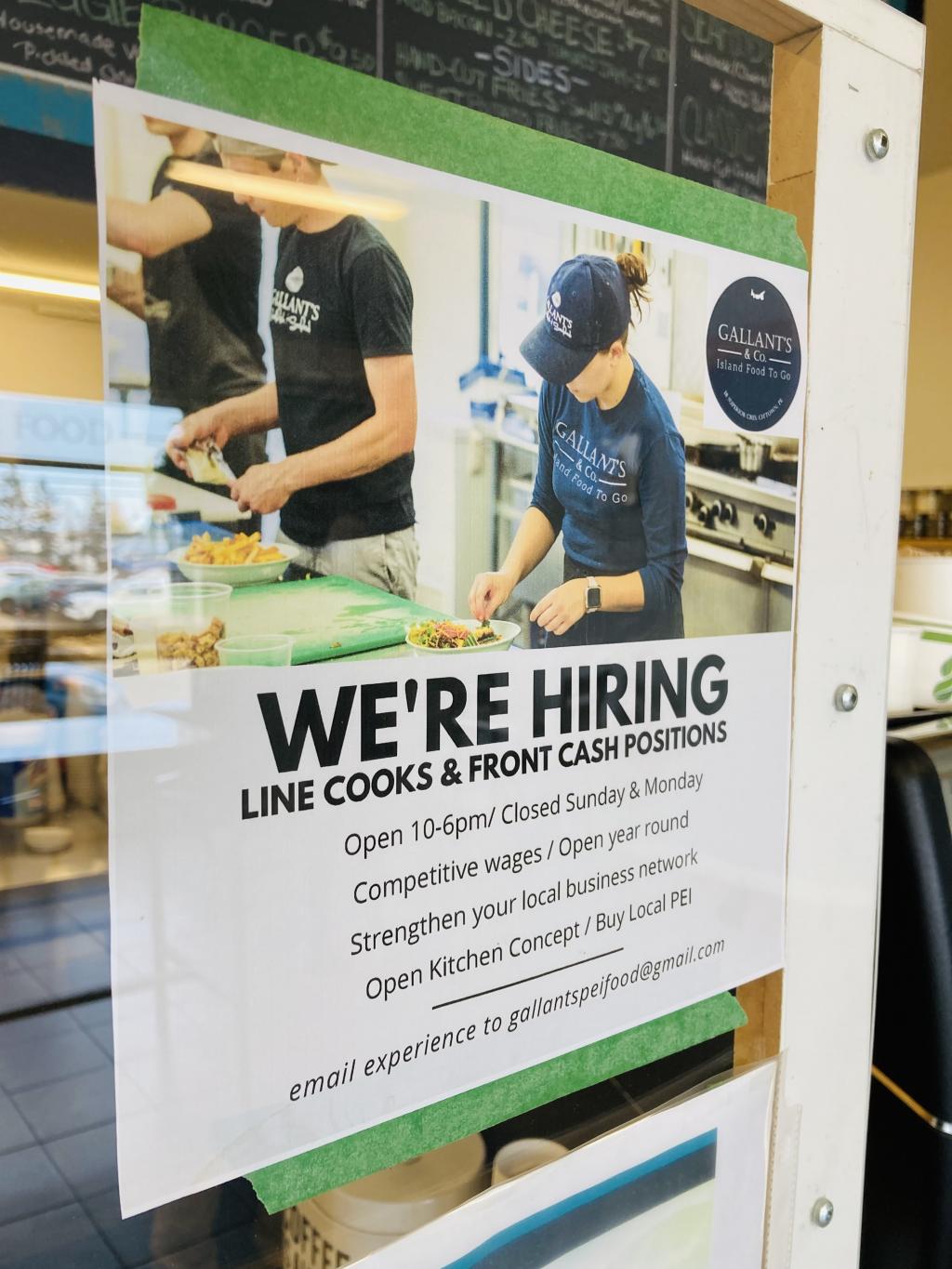
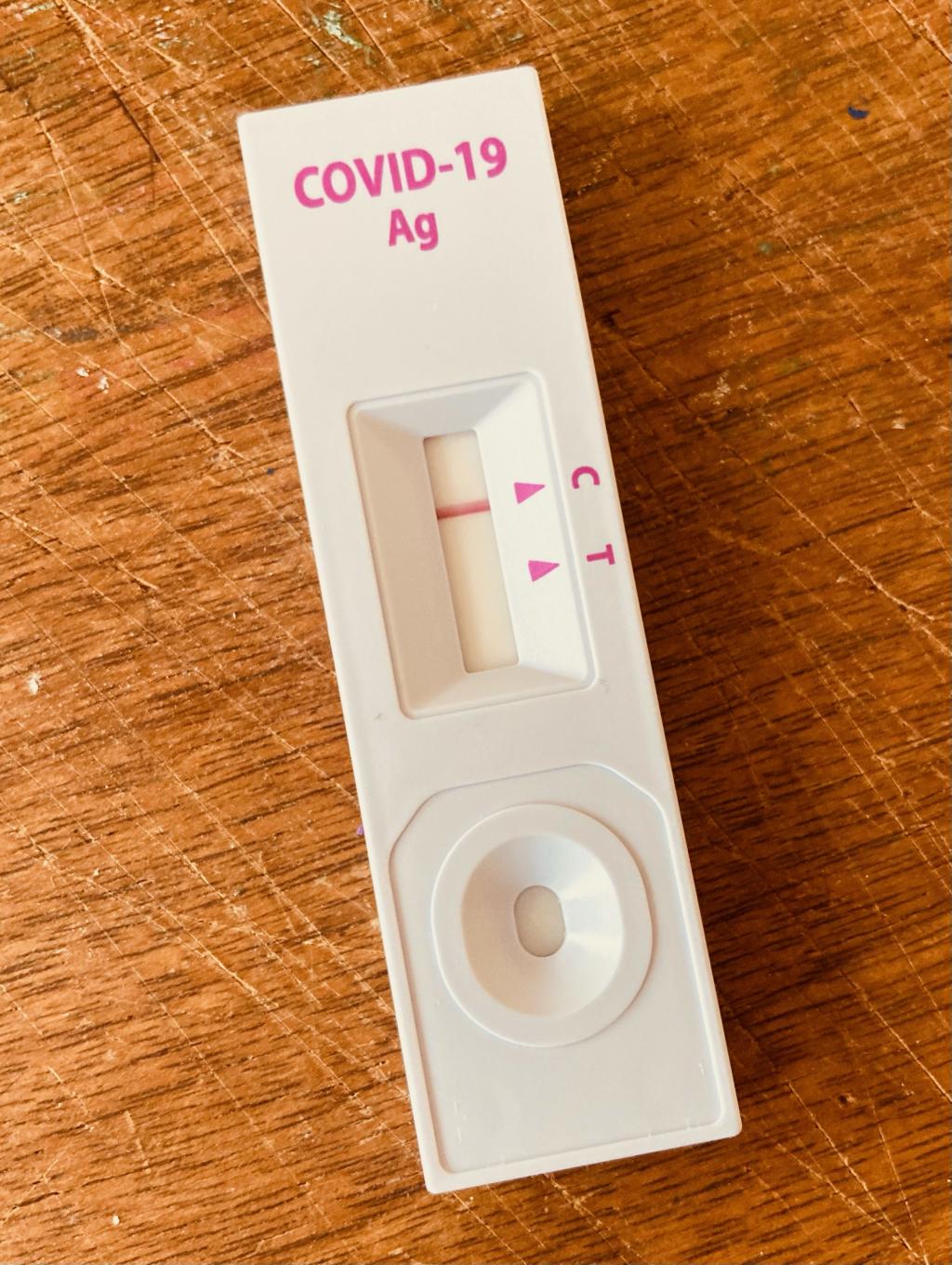 ,
, 






